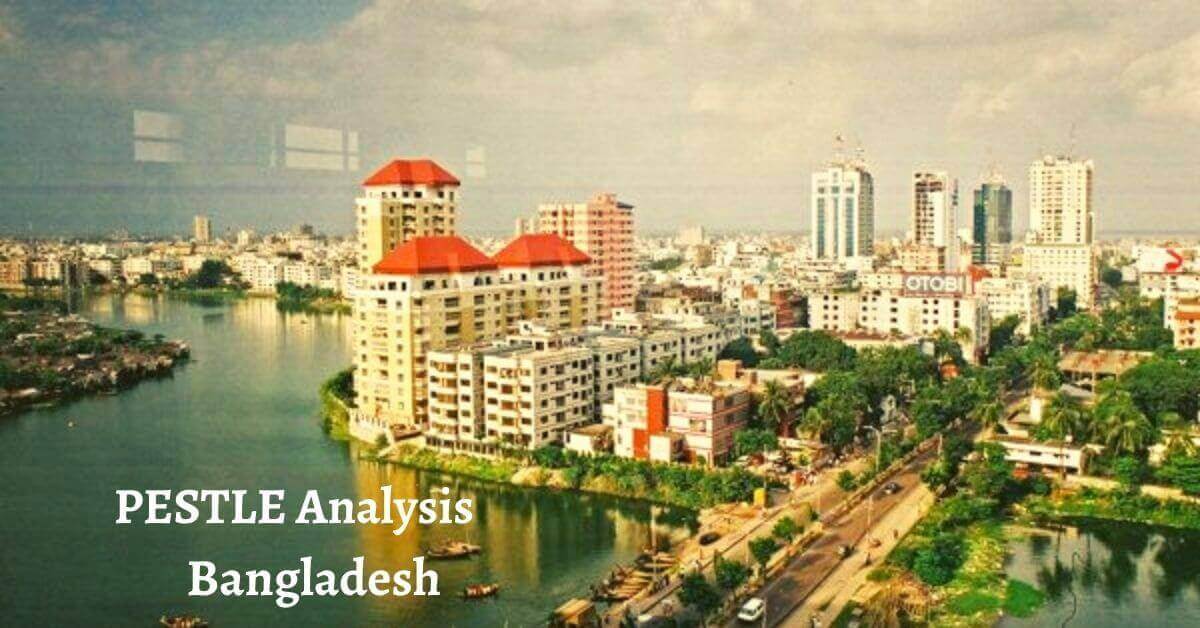Pestle analysis of UAE. United Arab Emirates (UAE) is a West Asian country situated in the Arabian Peninsula. UAE shares the border with Iran, Qatar, Persian Gulf, Saudi Arabia, and Oman. The capital of the country is Abu Dhabi.
UAE consists of seven states or emirates like Umm Al Quwain, Sharjah, Ras Al Khaimah, Fujairah, Dubai, Ajman, and Abu Dhabi. However, approximately 9,890,400 people are populating the country, and it’s the 92nd most populated country. The total area of the country is 32,300 square miles, and it’s the 114th largest country worldwide.
UAE has the world’s 6th largest oil reserve and 7th largest gas reserve. But the country has shifted its focus from oil and gas towards the business and tourism industry as its main sources of income. Out of all the states and cities, Dubai is the most populous and trade hub in the world.
Today, we’ll discuss the pestle analysis of the UAE. It’s going to focus on the macro-environmental factors impacting the growth and productivity of the most modern country in the Gulf region. Here’s the pestle analysis of UAE as follows;
Political factors impacting UAE
Government System
UAE follows the constitutional monarchy as a system of administration and government. Every head of the state is a ruler and they all form a Federal Supreme Council. The council of the 7 states appoints one member as the President of UAE.
Regional Power
UAE has a significant influence and power in the Middle East and global affairs. The country has established trade and diplomatic relations with different countries of the world. Like China, India, Saudi Arabia, the USA, Germany, France, UK, and many others.
UAE has conflicted relations with Iran over the Yemen war. It’s worth noting it here that Iran is also a lead player in the region. Most importantly, she has played a significant role in normalizing the tension and conflict in the Middle East.
Limited Civil Liberties
Many political activists and critics say that the UAE has achieved significant economic growth in recent years. But ordinary people and foreigners don’t have the freedom of speech and access to many other civil liberties like other developed countries. For instance, the Emirati government doesn’t allow the establishment of political parties. The hereditary rulers of the UAE have all the power and influence.
Economical Factors Affecting UAE
GDP & Alliances
According to an estimate, the annual nominal GDP (gross domestic product) of UAE in 2020 was 353.899 billion dollars, and it’s 35th world’s highest. Out of which, the per capita income of the gulf country was 41,476 dollars, and it’s 19th world’s highest. The travel band and the mass lockdown have reduced the country’s growth significantly.
UAE also has a membership to the world’s international forums like GCC, OPEC, OIC, Arab League, IMF, World Bank, Non-Align Movement, and the UN. The alliances and memberships on different platforms show her interest in global affairs.
Imports & Exports
UAE’s top exports are petroleum gas, diamond, gold, refined petroleum, and crude petroleum. She exports her products to Switzerland, Oman, China, Japan, and India. However, the country’s main imports are refined petroleum, diamonds, cars, jewelry, and gold. She imports products from Turkey, the UK, Germany, India, and China.
FDI
UAE falls under the category of those countries that have the world’s highest GDP and per capita income. The economic growth and abundance of natural resources have attracted a lot of foreign direct investment. According to an estimate, the total foreign direct investment of the UAE in 2019 was 14 billion dollars. It was the highest inflow of capital in the region and it even surpassed Turkey.
Taxes
UAE doesn’t have any taxes on personal income. The country has recently introduced a corporate value-added tax of 5%. However, foreign oil and gas companies and banks have to pay a corporate tax of up to 55% depending upon the income level.
Social factors impacting UAE
Liberal Country in the Gulf
UAE is the only modern and liberal country in the Gulf region, and the country has successfully integrated with many other developed countries for the past two decades. It has helped the country to develop an image of an Asian business hub in the international market.
Demography
UAE has a population of more than 9.89 million people. The Emirati nation comprises 20% of the total population. However, the average life of men and women in the UAE is 76 and 78 years. The official and majority religion of the country is Islam. Arabic is the country’s official language.
Diversity
UAE is home to the world’s highest number of immigrants comprising of over 200 various nationalities. Most of them are from India, Pakistan, Nepal, South Africa, the Philippines, China, Canada, Iran, the USA, the UK, and Bangladesh. However, Emirati nationals are amiable and social people. The values of caring, cooperation, traditional tribes, and freedom of religion and beliefs are some of their top traits.
Social Challenges
UAE is also facing some social challenges like a high divorce rate, racial discrimination, high living costs, drug abuse, obesity, and a wealth distribution gap. According to an estimate, approximately 1% of Emirati nationals hold more than half of the UAE’s total wealth.
Technological Factors Affecting UAE
Social Media
According to an estimate, Emirati nationals are highly active over the internet and they spend approximately 3 hours of their time daily on social media. Roundabout 82% of her people have Facebook profiles. However, Tumblr, Pinterest, LinkedIn, Instagram, YouTube, and Twitter are some of the popular social media platforms.
Tech Growth
UAE launched a space program in 2014 for sustainable space progress in the region. The country allocates an annual budget of 5.2 billion dollars for the space project. ICT, nuclear science, and life science are some of the other main growth areas.
Legal Factors Affecting UAE
Regulations
UAE’s labor law deals with all the employees’ contracts, wages, salaries, and vacations. It applies to all the people living in the region regardless of their nationalities. A working day legally comprises 8 hours and 48 hours a week. However, UAE is the safest country in the region and it has the lowest crime rate.
Environmental factors impacting UAE
Environmental Challenges
UAE has made tremendous economic progress. The growth has resulted in the form of some environmental challenges like desertification, land degradation, air pollution, waste pollution, overfishing, freshwater scarcity, carbon emission, and noise of construction work.
Tourism
UAE is one of the world’s top tourist destinations and the tourism industry brings billions of investment annually into the country. Versatile cuisines, theme parks, historical ruins, crystal clear beaches, skyscraper buildings, shopping malls, luxury hotels, and a splendid balance between religious culture and modernity attract millions of tourists from across the globe.
It’s worth noting here that the UAE is the perfect place for female visitors. Many hotels like Dubai Dukes and Jumeirah Emirates Tower have separate floors allocated for female tourists with female staff.
Conclusion: UAE PESTLE Analysis Example Country
After an in-depth study of the pestle analysis of UAE, we’ve concluded that UAE is indeed the world’s newly developed country with an extraordinary growth rate. Environmental challenges, water scarcity, and limited civil liberties are some of the top challenges. UAE should address these issues, they’re presenting a negative image of the country; while paying heed to the external political, economical, social, technological, legal, and environmental factors impacting the country.

Ahsan Ali Shaw is an accomplished Business Writer, Analyst, and Public Speaker. Other than that, he’s a fun loving person.


